Parents and teachers are always looking out for the best interest of their students. And with the prevalence of dyslexia and other reading struggles, parents and teachers play a significant role in recognizing some of the early signs of dyslexia. Ideally, prerequisite reading skills are taught during preschool and any irregularity in these skills can be addressed. However, when students enter elementary school, language or reading deficiencies that may have gone unnoticed in preschool become more recognizable if adults know what to look for. Whether in the classroom or at home, teachers and parents who are able to identify signs of dyslexia ensure these children get the interventions they need to read successfully. Read below to learn about tips that help parents and teachers identify dyslexia.
Take note of spelling mistakes.
No child can spell without errors, especially as they continue to learn new words in school. But certain spelling mistakes may indicate that a child has a learning difference like dyslexia. Specifically, students with untreated dyslexia have extreme difficulty with spelling and may make inconsistent mistakes, such as spelling one word several different ways. Because dyslexic individuals have trouble identifying the beginning, middle, and ending parts of words, their spelling errors may have the correct letters but in the wrong place. In addition, dyslexics may flip or rotate letters or numbers as they write, using a “b” when they were trying to write “d” or writing “6” when they meant to put “9,” for example. While these errors may seem commonplace for educators and parents, paying attention to how these spelling mistakes appear and if a student cannot self-correct these mistakes may suggest a learning difference like dyslexia.
Practice phonological awareness skills.
One of the major obstacles that students with dyslexia must overcome is related to mastering phonological and phonemic awareness skills. Phonological awareness is the ability to recognize and break down the different units of language, and phonemic awareness is a specific skill related to manipulating the sounds, or phonemes, that make up a word. For example, a student with dyslexia may have trouble if they needed to list the sounds that make up a word like “chair” or find words that rhyme with “pot.” Children with dyslexia may find it challenging to complete activities related to phonemic awareness, so parents and teachers should prioritize these skills in order to recognize and address any deficiencies.
Notice discomfort or frequent errors when reading aloud.
Dyslexia presents unique challenges for each student, but it is common for children with dyslexia to avoid situations where they may have to read aloud. Brain research has shown us that dyslexic individuals use different neural pathways for reading compared to non-dyslexic readers, which causes the reading process to be less efficient. With appropriate remediation, the neural pathways can improve, but dyslexic readers will always be slower readers. Because of this, parents and teachers may notice that a student’s reading is choppy, laborious, or slow.
Reading aloud is an essential but advanced skill that students certainly need to practice. “Popcorn reading” and other opportunities to read aloud are extremely common and are not limited to only reading or language arts classes. If a student has dyslexia, they may appear uncomfortable if asked to read aloud, or they may make numerous errors as they read. This can be an extremely stressful situation for a child, so parents and teachers should be aware of any noticeable discomfort or frequent errors that a student makes.
Recognize differences in oral and written abilities.
While students with dyslexia may find it especially challenging to organize their thoughts in writing, many individuals with dyslexia excel in explaining what they think orally. If a parent or teacher notices a child struggling to write down their ideas in a coherent way, they may ask the child to orally express their thoughts to them directly or via a recorder, speech to text software, or another technology to see if the oral process is more effective for them. Teachers and parents who recognize this discrepancy between oral and written abilities may be able to find the underlying cause, whether it be dyslexia or another learning difference.
While dyslexia can only be diagnosed by a professional like an educational psychologist, all parents and teachers have an impact by ensuring students with dyslexia get the help they need. Teachers and parents spend hours of their days with students, so these adults are in a unique position to notice certain warning signs of dyslexia early in a child’s life, even if they are not the person teaching a child to read. The more adults that are aware of some of the early identifiers of dyslexia, the more dyslexic children will be able to get the assistance they need early on in their education. Explore helpful online resources, sign up for continuing education opportunities, and continue supporting members of the dyslexic community with ReadSource.








Leave a Reply